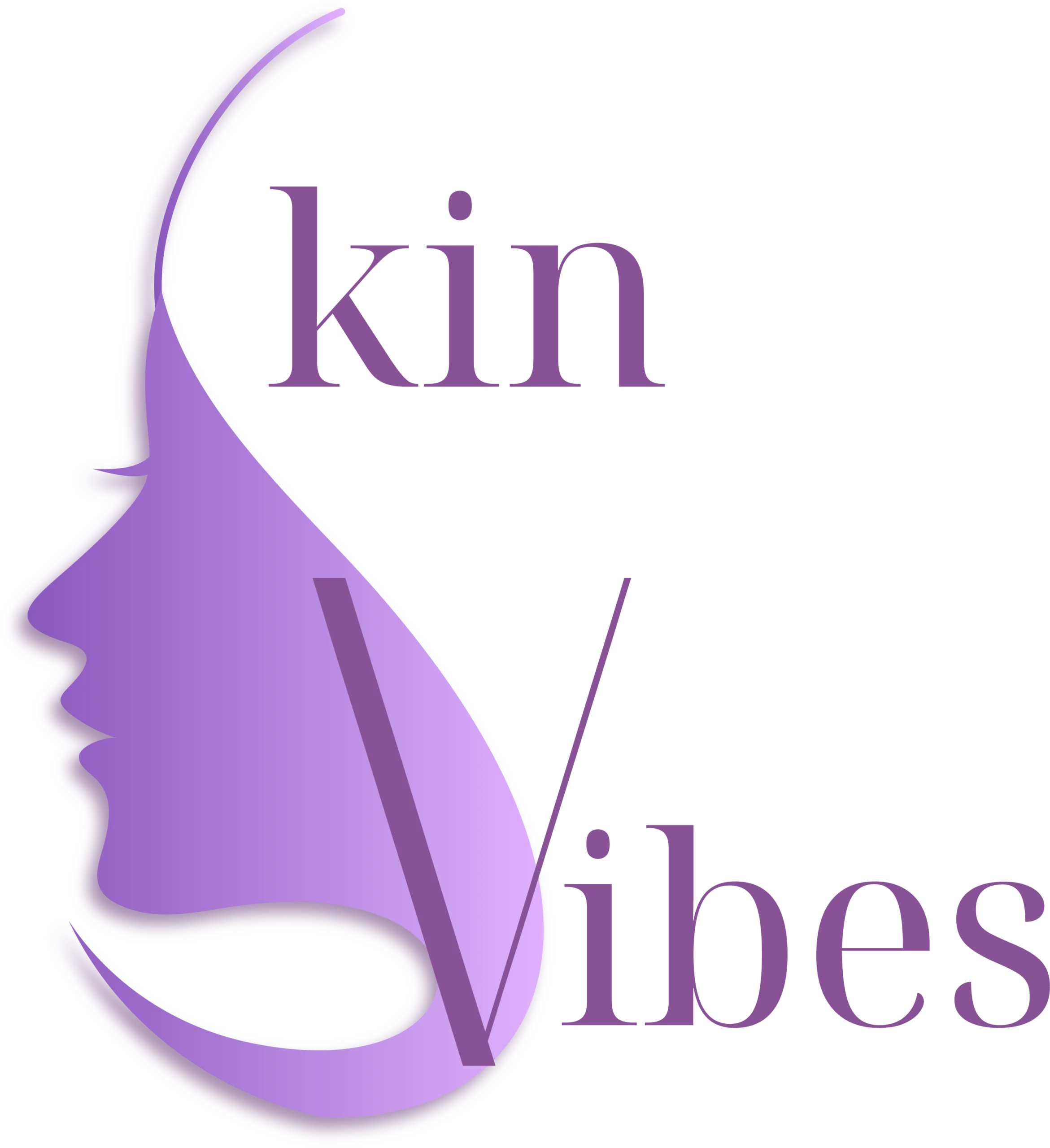Many women dream of having breasts that make them feel confident and beautiful. However, when their breasts are too large, this can negatively impact self-esteem and body image. Dr. Viral Desai of Skin Vibes Clinic, a well-known Skin Clinic in Santacruz, explains:
“Large breasts often lead to physical discomfort, limiting daily activities and causing issues like back pain, neck strain, and even skin irritation. Living with oversized breasts can take an emotional and physical toll on a woman’s life, causing not only physical strain but also making them feel self-conscious in social settings.”
Dr. Desai is a sought-after doctor for people seeking breast reduction in Santacruz, Mumbai. Breast reduction surgery has been a life-changing solution for countless women, allowing them to reclaim their comfort and confidence. Yet, like any surgery, recovery is part of the journey. This blog delves into one specific concern women may face: pain 3 weeks after breast reduction, shedding light on why it happens and how to manage it.
Causes of Pain 3 Weeks After Breast Reduction
Pain three weeks post-breast reduction surgery is not uncommon and can be due to various factors:
Tissue Healing: Your body continues to heal after surgery, which can cause mild discomfort as tissues regenerate. This is a natural part of the recovery process, and most patients experience some degree of tenderness or tightness.
Residual Swelling: Swelling often persists for several weeks after surgery. This lingering inflammation can lead to a feeling of pressure or heaviness in the breasts.

Scar Tissue Formation: As the incision sites heal, scar tissue can form, creating stiffness or localized pain, especially when the area is moved or stretched.
Post-surgical Bra Fit: Wearing a post-surgical bra that doesn’t fit properly can result in unnecessary pain. Too much compression can irritate the healing tissues, while too little support can cause discomfort due to insufficient stabilization of the breasts.
Nerve Regeneration: Nerves in the breast area can take several weeks or months to regenerate fully. As this occurs, some women may feel shooting pain, tingling, or burning sensations as the nerves “wake up.”
Muscle Soreness: The chest muscles support the breast tissue, and they can become sore after surgery or from holding new positions during recovery.
Lymphatic Drainage Issues: Occasionally, the lymphatic system may be sluggish post-surgery, causing fluid buildup that leads to pain or discomfort.
Posture Changes: Adjusting to the new weight and shape of the breasts may temporarily affect posture, leading to muscle soreness in the back, neck, or shoulders.
Have you been feeling any of these symptoms during your recovery? Consult an experienced plastic surgeon for guidance to ensure your healing process stays on track.
Managing Pain 3 Weeks Post Breast Reduction
There are several ways to manage the pain and promote healing. Consider the following strategies:

Follow Your Prescribed Pain Management Plan: Your recommended pain medication will help reduce inflammation and prevent pain from becoming overwhelming. Some surgeons recommend topical treatments to help ease nerve pain or tenderness in the scar areas.
Cold Compresses: Applying a cold pack for 15–20 minutes can help reduce swelling and numb any lingering discomfort.
Wear the Right Support Garments: Ensure that your post-surgical bra fits properly. A well-fitted bra provides the necessary support for your breasts while allowing healing without added pressure.
Engage in Gentle Movement: Light activities like walking can improve blood flow and reduce stiffness. Avoid any vigorous exercise or heavy lifting until your surgeon gives the green light.

Hydration and Nutrition: Staying hydrated and maintaining a healthy diet rich in proteins, vitamins, and minerals will support your body’s healing process. Foods like leafy greens, fruits, and lean proteins can accelerate tissue recovery.
Massage Therapy: With your surgeon’s approval, gentle massage techniques around the incision areas can help reduce scar tissue and improve circulation.
Proper Sleeping Position: Sleeping on your back with pillows to support your upper body will reduce pressure on the chest area, helping to minimize discomfort.
According to Dr. Viral Desai, an accomplished cosmetic surgeon in Mumbai:
“Proper post-surgery care is critical to a successful recovery. Gentle movements and wearing the right support can make a big difference in reducing pain. Feeling some discomfort is normal, but if it becomes severe, you should never ignore it.”
When to Consult a Surgeon

While some pain is to normal after breast reduction surgery, it’s essential to seek medical attention if you experience any of the following:
- If breast reduction pain after 3 weeks increases instead of decreasing or becomes unbearable, it could be a sign that something isn’t healing correctly.
- Symptoms like redness, warmth, or discharge from the incision sites (especially if it’s pus-like) are signs of an infection and need prompt treatment.
- While some swelling is normal, if one breast swells significantly more than the other or becomes excessively tender, you should consult your doctor.
- A fever may indicate an infection, especially with other symptoms such as swelling or redness.
- You should never ignore breathing difficulties and seek immediate medical attention, as they could be a sign of a more serious complication like a pulmonary embolism.
- If you notice pockets of fluid under the skin near the surgery site, it may require drainage by a surgeon.
- While temporary numbness is normal, it’s worth discussing with your surgeon if the sensation loss persists or worsens.
Conclusion
Larger breasts can lead to a range of physical and emotional discomforts. Large-breasted women may experience neck, shoulder, and back pain. They may be unable to engage in things they would like to, like sports, and they might even get rashes under their breasts.
Dr. Viral Desai, a proficient plastic surgeon in Mumbai, concludes:
“Breast reduction surgery has relieved many women, helping them lead a more comfortable life. However, recovery is an essential part of the journey. From pain 3 weeks post breast reduction to managing discomfort, being informed is key to ensuring the best outcome.”
Have you been noticing pain after your breast reduction surgery? Reach out to a reliable plastic surgeon for personalized advice and care
FAQs
Is it normal to still have pain 3 weeks after breast reduction?
What to expect 3 weeks after breast reduction?
Can I lay on my side 3 weeks after breast reduction?
At this stage, it’s best to avoid lying on your side. Sleeping on your back with pillows for support is recommended to avoid pressure on your chest.
What exercises can I do 3 weeks after breast reduction?
At three weeks, you should stick to light activities like walking. Avoid any strenuous exercise or lifting until your surgeon gives you clearance.
How can I reduce scar tissue formation after surgery?
Is it normal to have numbness 3 weeks after breast reduction?
Disclaimer: The information shared in this content is for educational purposes only and not for promotional use

